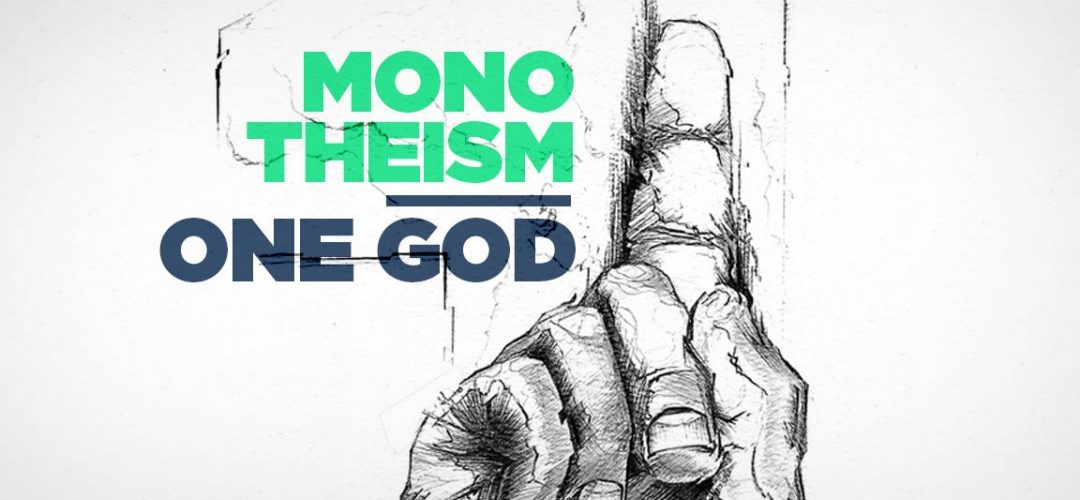Monotheism in the Bible

Monotheism in the Bible: The Argument of Explicit Text Versus the Theological Interpretation of the Trinity
The relationship between Monotheism (the absolute oneness of God) and the Trinity (the Father, the Son, and the Holy Spirit) in Christianity is a central point of dialogue between Islam and Christianity, as well as among different branches of Christianity itself. Many scholars and thinkers argue that the direct, textual evidence in the Bible (the Old and New Testaments) explicitly and unambiguously supports the principle of monotheism, while the Trinity emerged as a subsequent, interpreted doctrine.
1. Monotheism: An Explicit Textual Presence Requiring No Interpretation
Proponents of absolute monotheism assert that the Bible contains clear and direct texts confirming the oneness of God, known as “Explicit Monotheistic Verses”:
Adherents to this view contend that the strength of monotheism lies in its lack of need for interpretation: the words “one” and “only” appear in an exclusive, unifying form that does not allow for division or multiplicity.
2. The Trinity: Theological Interpretation and the Evolution of Doctrine
Conversely, most researchers (Christian and non-Christian) agree that the word “Trinity” is not explicitly mentioned even once in any book of the Bible.
Christian theologians rely on the following to establish the doctrine of the Trinity:
A. Comprehensive Textual Interpretation:
Clergy and commentators believe that the doctrine of the Trinity is an attempt to synthesize and interpret a collection of texts that point to the existence of:
- The Father (who is called the true God).
- The Son (Christ, who is described with divine attributes in some places).
- The Holy Spirit (who is described as God’s power and active agent). According to theology, these texts do not signify three gods, but three distinct Hypostases (Perons) in function, united in a single Divine Essence.
B. The Evidence of the “Great Commission” as a Foundation:
One of the most heavily relied-upon textual evidences, which Christians see as a clear reference to the Trinity, is known as the Great Commission:
- “Go therefore and make disciples of all the nations, baptizing them in the name of the Father and of the Son and of the Holy Spirit.” (Matthew 28:19).
Although this text names three entities, opponents of the Trinity argue that it does not necessarily declare the doctrine of “One God in Three co-equal Persons of the same essence,” but is rather a formula of blessing or a later theological formulation added to justify the doctrine.
C. Historical Development:
Advocates for explicit monotheism point out that the doctrine of the Trinity, in its current form, did not fully crystallize until centuries after Christ’s ascension, specifically at the Council of Nicaea in 325 AD, where the official formulation was reached after intense theological struggles regarding the nature of Christ (His divinity and relationship to the Father). This historical development is used as evidence that the doctrine was not a direct, original part of Christ’s message.
The argument made by those who assert that Monotheism is the more authentic stance in this comparison is summarized as follows:
“The texts supporting the oneness of God in the Bible are explicit, beyond doubt, and do not require complex theological interpretation to establish themselves. In contrast, doctrines that arose through subsequent interpretation and speculation, without direct textual backing, are less forceful and binding when measured against the clear foundational text.”
This underscores the principle that faith should be built upon clarity that does not require extensive human intervention for its explanation.